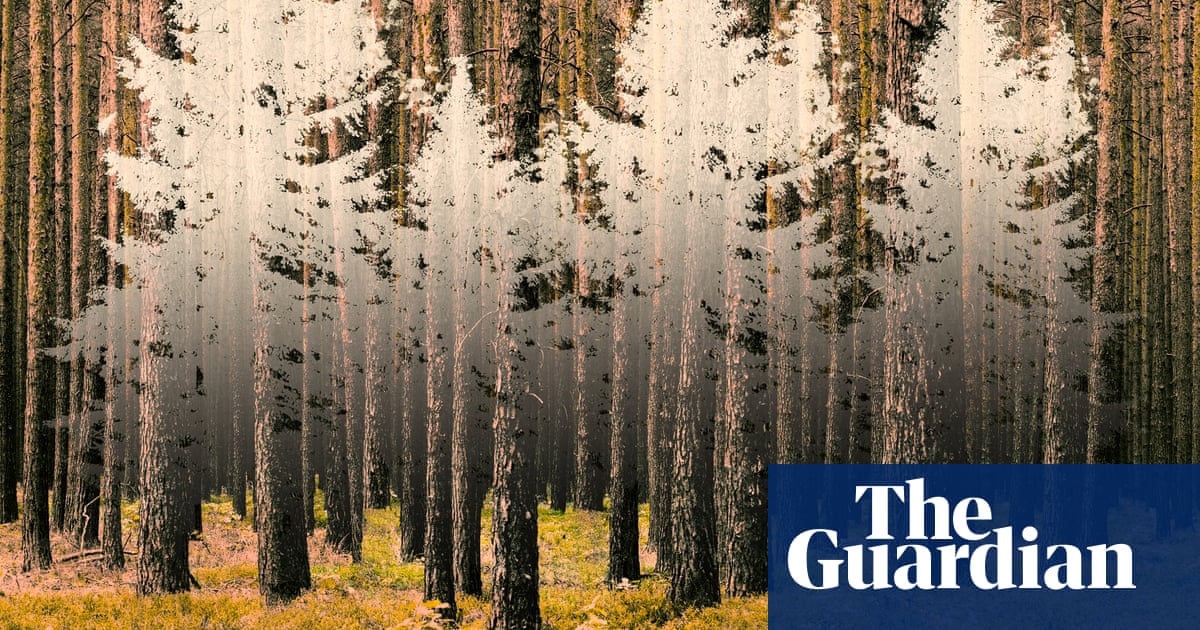You are here
Climate change: large forest trees lost to drought and fire are not returning
Primary tabs
 Is this the end of forests as we've known them? Trees lost to drought and wildfires are not returning. Climate change is taking a toll on the world’s forests - and radically changing the environment before our eyes the Guardian
Is this the end of forests as we've known them? Trees lost to drought and wildfires are not returning. Climate change is taking a toll on the world’s forests - and radically changing the environment before our eyes the Guardian Camille Stevens-Rumann never used to worry about seeing dead trees. As a wildland firefighter in the American west, she encountered untold numbers killed in blazes she helped to extinguish. She knew fires are integral to forests in this part of the world; they prune out smaller trees, giving room to the rest and even help the seeds of some species to germinate.
“We have largely operated under the assumption that forests are going to come back after fires,” Stevens-Rumann said.
But starting in about 2013, she noticed something unsettling. In certain places, the trees were not returning. For an analysis she led of sites across the Rocky Mountains, she found that almost one-third of places that had burned since 2000 had no trees regrowing whatsoever. Instead of tree seedlings, there were shrubs and flowers.
This shift – echoed across a warming world – is a distinct phenomenon from trees dying because of direct human intervention such as logging. These trees are dying without humans laying a hand on them, at least physically, and they are not resprouting. Forests cover 30% of the planet’s land surface, and yet, as humans heat the atmosphere, some locations where they would have grown now appear too dry or hot to support them.
In western North America, huge swaths of forested areas may become unsuitable for trees owing to climate change, say researchers. In the Rocky Mountains, estimates hold that by 2050, about 15% of the forests would not grow back if felled by fire because the climate would no longer suit them. In Alberta, Canada, about half of existing forests could vanish by 2100. In the south-western US, which is experiencing a “megadrought”, as much as 30% of forests are at risk of converting to shrubland or another kind of ecosystem.
“Now’s a good time to go visit national parks with big trees,” said Nate McDowell, an earth scientist at the Pacific Northwest National Laboratory and the lead author of a paper forecasting that in southwestern US forests more than half of conifers, the dominant type of trees, could be killed by 2050. “It’s like Glacier national park – now’s a good time to see a glacier before they’re gone.”
The change isn’t unique to the US and Canada. In the Amazon, some experts warn that a forest mortality tipping point is looming. The boreal forests of Siberia are under attack from higher temperatures. Temperate European forests thought to be less vulnerable to climate change are showing worrying symptoms.
Forest mortality researchers say while this does not mark the end of the forests, it may well be the end of many forests as we’ve known them. Iconic species such as giant sequoias and Joshua trees are succumbing in remarkable numbers. The landscapes of beloved wild places and national parks are, in turn, being transformed. And the changes being observed today – in which slow-growing trees that have survived for hundreds of years are dying in a drought or wildfire – cannot be undone in our lifetimes. ...



Recent Comments